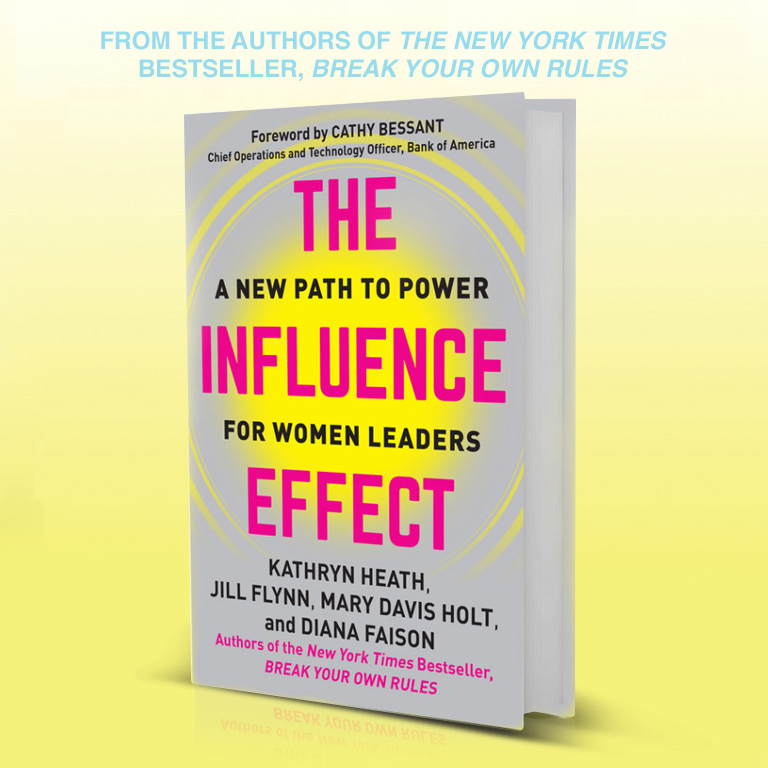As employees have more career choices and the availability of jobs, they have the luxury of deciding what they want from their job or the company that they work with. The days of accepting the job with the highest salary are gone. Employees want flexibility, the ability to work from home, more vacation days, yoga classes and other unique benefits.
One of the number one factors that employees look for in a new opportunity is a robust, positive, and open culture. Culture has always been my number one priority when looking for a new job. Culture is the lifeblood of a company and can make or break success. The new book Creating Constructive Cultures – Leading People and Organizations to Effectively Solve Problems and Achieve Goals by Janet L Szumal Ph.D. and Robert A. Cooke Ph.D. offers a model to assist leaders in creating ideal cultures. They utilize over 40 years of research that reveal some interesting insight into the various types of cultures in the workplace as well as disconnects.
This book is very science, data, and theoretical based. If you love data and textbook or academic learning, you will delve right into this book. It offers robust charts and graphs, and a variety of graphics to explain theories to drive the authors’ ideas home. Cleary the authors understand what distinguishes a strong culture from a weak or poisoned one. They layout the plusses and minuses of cultures that are closed, self-centered on power, and not inclusive. On the other side, they explain in-depth how cultures power a company to success by encouraging people to reach their potential, take intuitive approaches and think independently, are open to free thought and new ideas, value quality over quantity, and how cultures that depend on collaboration and coordination bring results.
The authors describe the main theoretical premise in the book that exists in most organizations. They offer a concise summary of the Human Synergistics Circumplex applied to cultures as part of a system they call the Integrated Diagnostic System. Ultimately, there is no single way to approach culture change however; having a common language, measurement, and uniform approach to change can be a powerful tool for leaders. There are twelve cultural norms and within these norms, we see three different cultural styles in most organizations. Here are the three styles:
1. Constructive Style: Cultures are based on achievement, self-actualization, encouraging and humanistic. This type of culture focuses on improvement and the development of individuals and the company
2. Passive/Defensive Style: Focused on approval, conventional practices, and dependence and avoidance. The goal is to protect the existing organization and individuals
3. Aggressive/Defensive Style: Full of opposition, power and competitiveness and perfection. This culture is often in hostile or negative companies trying to protect themselves from change
Clearly, leaders need to understand their current culture. They need to be aware of who holds the power or who controls the culture and understand the ultimate impact. Looking at their culture through the lenses noted above will help identify weaknesses and point out how the organization can work towards a cultural transformation from within. Leaders have sound reasons for changing norms and working toward a constructive thinking organization.
· Attracting and retaining talent
· Teamwork and problem solving
· Strategy implementation
· Innovation and adaptability
· Consistency with organizational values
· Financial
· Closing the gap between current and ideal culture
My favorite part of the book is Part II. Szumal and Cooke highlight nine organizations that have used practical principles and concepts from the book to enhance and grow their cultures. The companies that they highlight are from all over the world and each has its own unique story. This area of the book is where everything falls into place for the reader and real lessons hit home. Here are some of the companies highlighted:
· San Diego Unified Port District
· Spreadsheet – Germany
· Strauman – Switzerland
· PONS Bakery – Serbia
· Dreher Brewery
· Agroenzy Mas – Mexico
Each company had a fascinating journey, which resulted in their organizations being more productive, more cohesive, and more collaborative. The stories highlight that there is no one way to approach culture change and influence the overall company climate. Overall culture change was aligned with improvements in employee satisfaction, innovation, revenue growth, and other factors.
The final portion of the book closes with a four-phase process for strengthening true constructive culture and amplifying results. These phases bring all the concepts, ideas, tools and experiences to fruition for the benefit of both the teams and organizations. Again, this book is academically focused on models, key intricate strategies, and presents over 40 years of research so the reader needs to be prepared to jump in for a new way of learning.










